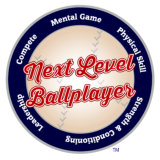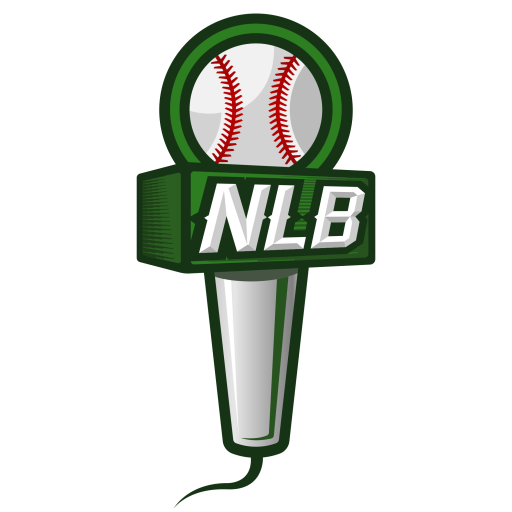
Thanks to Stephen Fife for stopping by to hang out with Next Level Ballplayer. Stephen was, by his own admission, a late bloomer. He didn’t hit 90mph on the gun until he was 21 years old! After bursting on the scene his senior year at the University of Utah, he was drafted in the 3rd round by the Boston Red Sox. A few years later, and after a recent trade to the Dodgers, he is one of the top young pitchers in their organization.
Today we talk to Stephen about what it means to “stick with it”, having an aggressive mentality on the mound, the keys to breathing, how he gets better without a baseball in his hand, and more.
What’s one baseball related lesson you learned early on that’s added to your success throughout the years?
There is a lot of failure in this game so if you’re passionate about it then you have to stick with your passion. I was a late bloomer, and was probably one of the worst players on my team. That made me stick with it and never give up. By the time I was twenty-two years old I was one of the better players on my team.
What kind of player were you in high school?
In high school I didn’t start pitching until I was seventeen, I was more of a quarterback looking to play college football and that didn’t really work out. After high school I went to junior college where I was okay, but very basic in my mechanics. In high school I was about 82-85 and during junior college I was around 84-87 mph. While attending college at Utah University, my pitching coach really taught me how to pitch and use my body, so I never even reached 90 mph until I was twenty-one years old. He really mentored me through my sophomore year and then during my junior year he helped polishe my skills and that’s where I became a much better player. My senior year I faced Stephen Strausburg in San Diego on a Thursday night which really accelerated my path into the draft.
What’s the best piece of pitching advice you’ve ever heard?
To get strike one! It’s very basic. From a mechanical standpoint the ability to keep your hips closed and work directionally before rotationally is a must. When you figure out your timing and mechanics everything becomes a little bit easier.
What was the hardest adjustment going from college ball to the minor leagues?
It was definitely going to the five day routine. In college it was every Friday or Saturday night with a couple of off days in between, but what’s required of you at the pro level opposed to the college level is a lot more. You have to learn how to perform at a higher level even when you don’t feel the same. At the pro level there is way more evaluation to see what your body can do every fifth day.
What’s going through your mind when you’re preparing to take the mound?
I try and stay very aggressive in my mentality while at the same time having a soft approach to things. You have to stay aggressive while going after the hitter, but you can’t stay locked in on one thing. When I’m preparing for a game, my purpose is to become familiar with what I’m doing well that day. That way I can attack the hitters in the correct way.
How do you refocus after giving up a big hit?
You have to go through it a bunch of times before you learn, because in college I didn’t have that happen too often. In pro ball when you’re feeling tired in the 3rd inning, its about repetition and learning how to flush that previous pitch or at-bat out of your memory. Bob Tewksbury, who is now a psychologist for the Boston Red Sox, told me that Roy Halladay and Cole Hamels thing is “this pitch”. They say that to remind themselves to only focus on that pitch, at that time. This has been a big step for me in the last year and a half because you can’t change the past. Only focusing on the pitch that you’re throwing right now and to flush everything else out has had a huge impact on me.
What is your focus point?
I have a couple different focus points, but usually there’s something above the grandstand above home plate or some sort of plastic sprinkler cap behind the mound that helps me regain my focus. At times I will find something in left-center field or something on the scoreboard that might look like I’m checking the count, but really I’m trying to find a place to regain my focus.
And does your breath play a part in that?
Oh absolutely. It’s something that I learned early in my baseball career. In little league and high school I worked a lot with my breath and learned the ability to take in deep breaths. It sounds simple, but it’s something you need to practice. If you’re in a tough spot in a game and need a couple of breathes, you take a couple. Controlling your breath and the ability to slow down your breathing allows you to slow down the game and your thought process. This is easily one of the most important parts of the game.
What’s one piece of advice you would give aspiring pitchers out there who are looking to take their game to the next level?
Working on drills was huge for me because there are a lot of drills that you can do without a baseball in your hand. That’s where I made most of my gains was in a mirror or with a towel in my hand doing something else that didn’t require beating up my body. To become familiar as you can with your pitching by breaking your delivery down, piece by piece, in the mirror so you can have a visual of what you should look like. There are a lot of things you can do without a baseball in your hand that are more beneficial than throwing a baseball.


